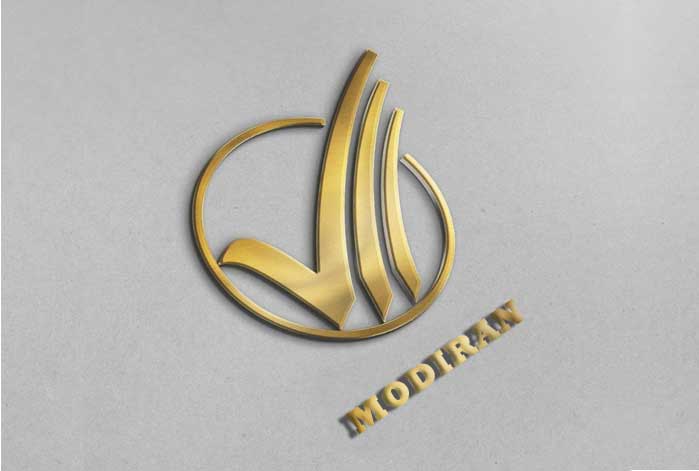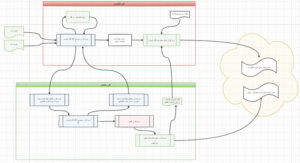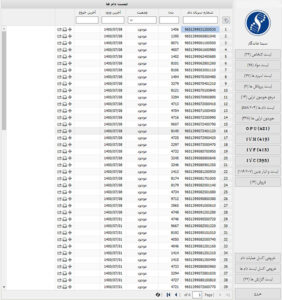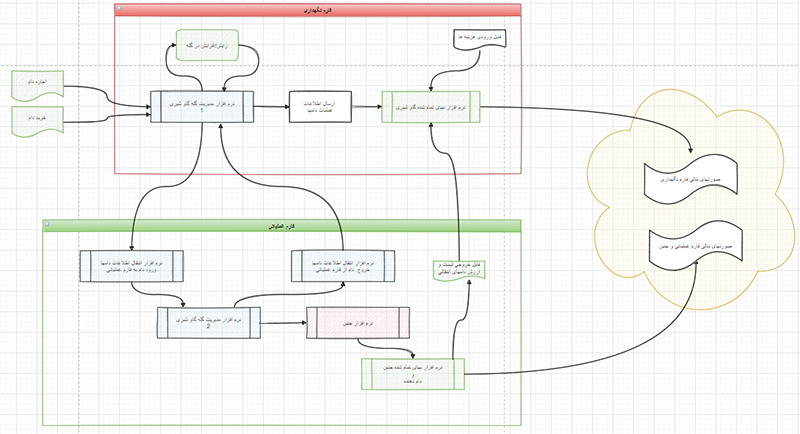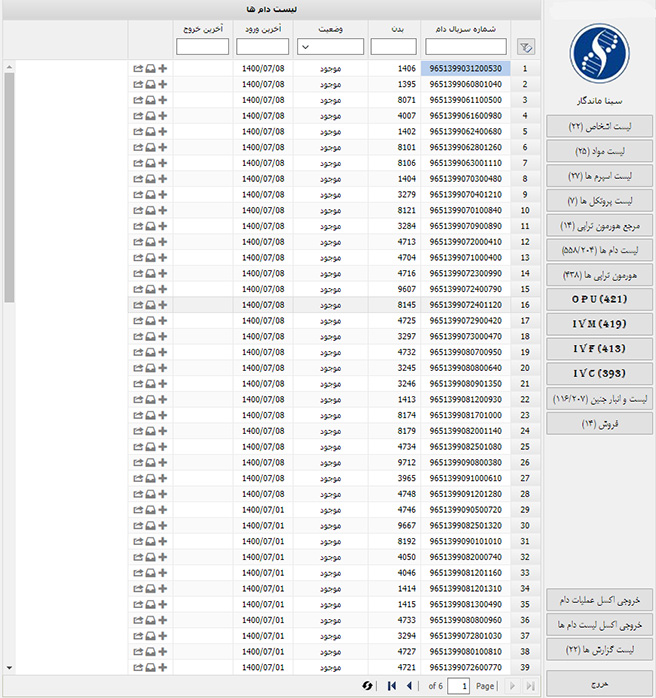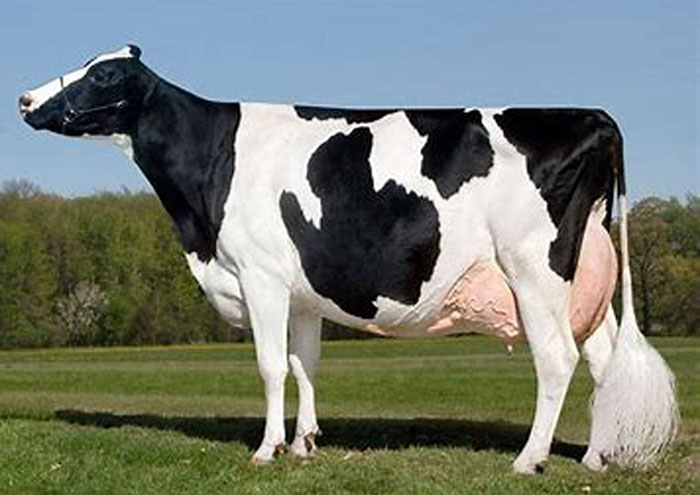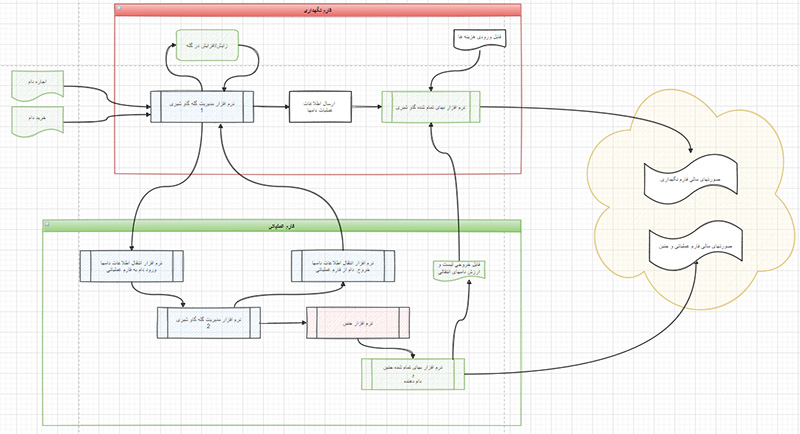An appropriate age replacement for dairy cows
The aim of this study is to determine the most appropriate age replacement for dairy cows. One of the most important management decisions affecting livestock profits is the timely replacement of dairy cows with young calves.
The basis for replacing a dairy cow is a comparison between the value of the two options. Indeed, if the expected value of the dairy cow in the herd is less than one calf, the decision to replace is made. Otherwise, the dairy cow will remain in the herd for at least one more period until the beginning of the next period. Voluntary elimination of cows and timely inseminations are two vital factors and management decisions in the dairy cattle breeding industry that play a role in the herd profitability process.
The decision to remove voluntarily is a major challenge for ranchers and has a significant impact on the economic performance of the herd. These decisions are directly affected by fluctuations in prices of milk, meat and replacement costs. In Iran, most decisions are based on practical methods. If the replacement and removal decision does not optimal, cows are removed sooner or later than the optimal time. Consequently, the profitability of the herd will decrease. Economic development of the herd is not possible only by increasing milk production.
The results of some investigation have shown that breeding high-yielding dairy cows up to the eighth pregnancy are economically justified, while breeding low-producing and medium-producing cows are not recommended. According to the results, in the low production and average production group, the value of livestock increased to the sixth pregnancy and then decreased. In the high production group, the present value increased to the fourth pregnancy and then decreased. But the optimal decision is the same at each production level for different delivery intervals.
The decision to eliminate non-producing cows should be based on criteria that estimate the value in the cattle according to their future income and expenses. Regardless of the value of the cows, they are eliminated sooner or later than the optimal time, which leads to a decrease in the profitability of the herd. The expected value is derived from the total income and expenses during lactation and subsequent lactations, as well as the incomes and costs of alternative livestock.
The optimal annual replacement rate is equal to the sum of the optional and non-optional removal rates which is determined 21 percent.
Optimal substitution decisions are directly affected by fluctuations in the prices of milk and replacement costs. In Iran, these fluctuations are affected via inconsistent amounts of input and output prices and inflation, so ranchers believe the main reasons for their unprofitability in milk price is an imbalance in milk prices and production costs.
In addition, the policy of importing cheap meat reduces the slaughter value of knockout cows, which is accompanied by the high price of alternative heifers. The high replacement rate of heifers causes the rancher to be deprived of one of the most important sources of income, which is the sale of surplus heifers. Second, by increasing the replacement rate in the herd, the average age of the herd decreases. Third, the sale of surplus heifers often occurs at the age of 22 to 24 months, when they are 5 to 7 months pregnant, so if the farmer is forced to replace the livestock, he must breed it in the herd until calving, that will cost a lot.
Ranchers can calculate the price of their unit in the desired time period through the Price software (dairy cattle and small-scale livestock) of Modiran company following to below figure.
The financial information required to enroll in this program includes the following:
The price of livestock eliminated in the period, the price of purchased and transferred livestock in the period, the costs in the period include costs (labor, materials and overhead) and the fair value of male livestock.
And after calculating the cost price, important indicators and management such as:
Calculate the cost of milk, the cost of growth, the total value of the baby, calf cessation, cessation of milk, total abortion, total stillbirth, end-of-term embryo, sold embryo, depreciation cost of male livestock, cost of cessation of bull production and etc.
In the process of calculating the cost price, if there is a mistake in registering the livestock information in the herd management program, this software displays a list of problems with a description of the problem and a correction proposal for the user. In this software, various items such as display of course dates, values, livestock course index and general livestock index, as well net economic value created in the course are designed. The user can accurately check the statistical and financial status of each livestock in herds at different periods.
For instance, in the general report of livestock, statistical information such as (serial, livestock number, date of birth, sex, availability, latest status of livestock, abdomen, pregnancy status, date of removal and ……) and financial information such as (price at birth, total Cost, number of days of depreciation, book value, number of years of depreciation, percentage of value of abortion, etc.) can be seen and examined for each livestock in different periods.
